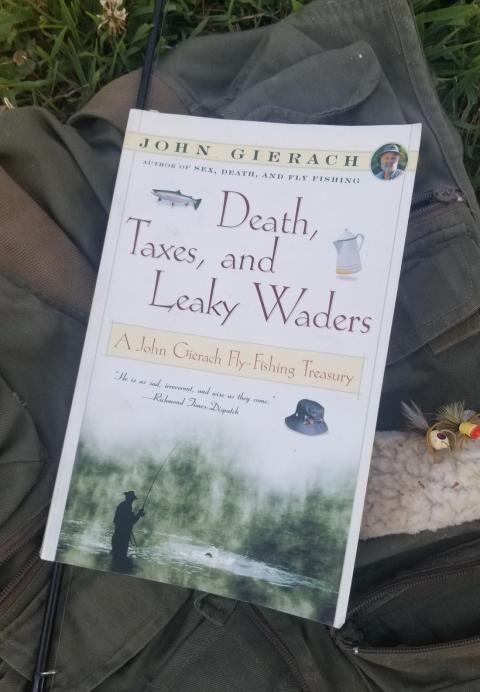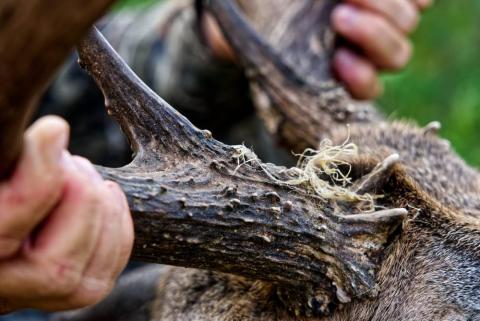The Best Baits to Catch a Catfish
Catfish are diverse and thrive in waters from North Carolina to the Gulf of Mexico to California. These big freshwater fish eat almost anything they find — from plant life to smaller catfish.
Most species of catfish, from flathead’s to blue cats, are apex predators, making them aggressive in pursuit of wriggling live baits. However, as a catfish’s entire body is covered in olfactory sensors, highly pungent artificial baits are extremely successful.
Before you head out to catch catfish for a summer fish fry, be sure to research which bait is most effective in catching catfish in your area. Here is a list of the best catfish baits that anglers across the nation use to bring home the big ones.
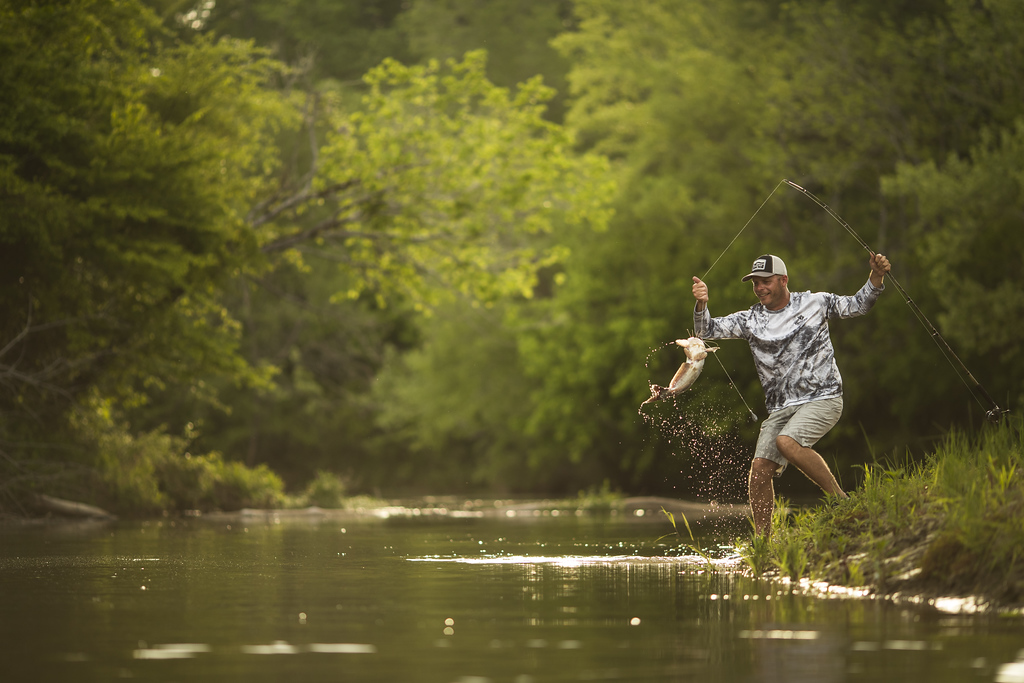
1. Chicken Livers for Deep Water Channel Catfish
Catfish anglers across the nation know that chicken livers are traditionally the best way to catch catfish. Chicken liver is especially good when you’re fishing in deeper waters. Once in the water, livers remain fresh for 15 to 20 minutes before losing some of their appealing scents, so rebait your rigs frequently.
You can find chicken liver at any grocery store. Despite being affordable and highly successful at reeling in small to mid-sized channel cats, chicken livers are notoriously challenging to bait up. The texture of the liver makes it slip off the hook, so most veteran catfishermen recommend using a treble hook and avoiding fast-action snap casts in favor of a gentle lob. Before heading to the river, anglers using jugs will hit the grocery store for affordable yet effective catfish bait. How much chicken liver do you use? Go big or go home!
2. Asian Carp for Catfish Bait
Most anglers know that Asian carp are an invasive species in U.S. waterways, but you can use them as carp bait for catfish. They were first introduced in aquaculture ponds and have multiplied at an alarming pace. Many states have banned their use and collection due to their widespread proliferation. You may not have considered the Asian carp as a baitfish, but much like bluegill, they are great catfish bait.
While Asian carp may be bad news for your local river, they are good news for catties who have started gorging themselves and developed a taste for this pernicious pest. If using Asian carp for bait is legal in your area, you can cut them into filets as cut bait for catfish. Carp is naturally oily, giving off plenty of scent and attracting big blue catfish and channel cats.
Many anglers will use cut Asian carp in the early part of the year, and Asian carp guts in the warmer summer months. The cut filets are easier to thread on a hook and less messy to use. The guts are deadly in the heat of the summer though. If you are cutting carp up to use the filets in the spring, put the carp guts in a Mason jar and store them in the freezer for hot summer months. Second thought — store them in your neighbor’s freezer.
3. Crawfish Dead or Alive
When fishing for catties, crawfish are an overlooked live bait that are delicacies for various catfish species. Anglers can rig crawfish either live or dead. Hook a live crawdad through the base of its tail or remove the head and string the entire crawfish body on the hook. If using dead crawfish, add a weight or a swivel to give your rig some spin.
Blue catfish especially love crawfish as they are prone to eat live bait, but don’t be surprised to reel in a big flathead as well. Because so many types of catfish find crawfish irresistible, they are a good choice for a trotline. Buying crawfish to put on your trotline can be expensive so try alternating crawfish and cut carp to save a few dollars.
Crawfish are better to catch on your own than buying them in-store, and most anglers can easily find live crawdads under rocks close to streams or by setting a simple trap baited with chicken parts or bacon. No matter the type of catfish, they are all drawn to live crawfish; however, crawfish are also enjoyed by other fish species, so be cautious when you feel a bite.
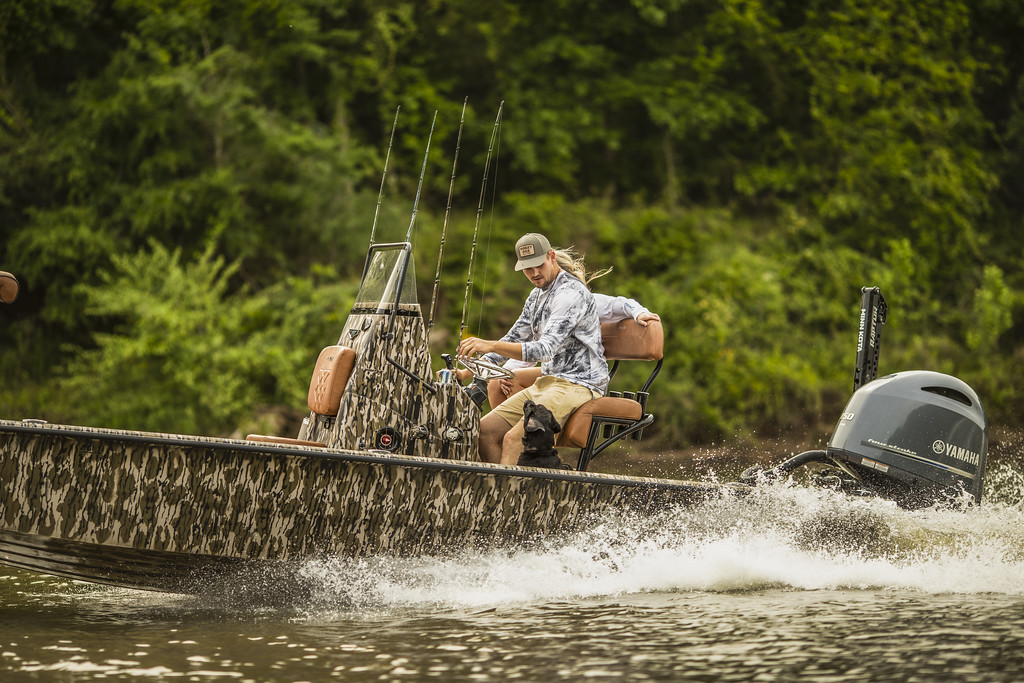
4. Nightcrawlers for All Around Channel Catfish
Otherwise known as earthworms, nightcrawlers are popular bait across the fishing world. It’s not just because of their convenience (you can find them right outside in your garden). It’s also because many species, including catfish, love nightcrawlers.
This wriggly bait is favored by a slew of scaled species like bass, crappie, bream, perch, carp and, especially, catfish. For bigger fish, you have to use long worms, but their flexibility makes it simple to loop them over a circle hook securely to make an enticing bait for a catfish. For big flathead or pan-size channel cats, you can’t go wrong with worms.
A barn lot can hold a bonanza of nightcrawlers. All you need is a sharpshooter shovel and a cow patty in a shady spot. Dig under the cow patty a foot or two and you will find nightcrawlers. Throw them in a can and you are ready to go fishing. If you have kids with you, a piece of a nightcrawler on a small hook can keep them catching bluegill for hours. You can either keep the bluegill for dinner or save them for a trotline.
5. Stink Bait, the Smelly Catfish Bait
Stink bait is just one of the man-made lures used to catch catfish. Although catfish love this type of bait, you have to handle it carefully. Catfish have an extraordinarily keen sense of smell, and those fish that live deep in channels have even more evolved olfactory senses.
A variety of stink baits are available commercially, while many anglers make their own special stink bait. It’s a conglomeration of stinky materials (ones that smell like the catfish’s regular prey) that are soured and fermented until they’re especially pungent.
Dip a sponge bait into this vile concoction and quickly toss it to a waiting catfish. As the scent disperses into the current, catfish downstream will chase down the source like sharks when they smell blood, giving you an opportunity to bag them. It’s a good idea to keep several poles in the water when using stink bait. Several lines baited with stink bait will chum an area and often lure in several channel cats at a time.
6. Punch Bait with Treble Hook
This type of bait is a similar lure to stink bait but not quite so aromatic. Dip baits are another addition to this unique class of catfish bait, but those in which you dip a hook are liquid, whereas punch bait is solid.
Using cheese and dough as a base, punch bait includes lots of fibers like cotton, fur or cattail fluff to make it solid enough to hold onto your hook. Anglers can also add fish or attractants to up the smell factor.
When your punch bait is ready, simply punch a treble hook (#8 works best) through the crust and into the mixture. Work it deep into the sticky goo and then pull it out at an angle. The barbs should be chock full of the messy, stinky punch bait and ready for casting.
7. Blood Bait in Low Current
If you like going deep to get at the monster cats, you may want to switch to a blood bait. Catfish track their prey by scent, and nothing lures them in like the possibility of a wounded meal up ahead.
Along with blood, which you can buy at many tackle shops, you may want to mix in a coagulant like brown sugar and let it sit under the sun to harden so you can easily put it on a hook. It takes a lot of effort, but the fish will bite hard if it smells blood in the current.
The combination of blood with skipjack herrings, for instance, can attract larger cats. Blood baits also perform well in shallow waters with low currents. No matter what the water conditions are, blood bait works great for big catfish. The odor is not only strong under water, but your hands may smell for days. Keep a good pair of rubber gloves around if the smell bothers you. The combination of blood bait and skipjack herring is notorious for producing large catfish. Make sure the rod and reel combination you use can handle the battle.
8. Shrimp
You can find these compact, convenient shellfish at any grocery store. They are one of the catfish’s favorite meals and are easy to get on your hook. Much like hooking a hot dog, leave the hook tip exposed when pushing the shrimp through, starting at the head.
Shrimp are great when fishing for catfish with kids. They are not all that messy and easy for little fingers to thread on a hook. There is a wide variety of fish on the lookout for a shrimp dinner. With this in mind, you can keep a young angler busy catching and less time hung up.
If catfish like the scent of shrimp in the water, they will love the smell of spoiled shrimp. Allowing the fish to go bad adds a distinctive aroma that drives cats wild. After letting the shrimp spoil, freeze them for later use.
9. Skipjack Herring, the Big Catfish Bait
Many anglers know the skipjack herring is a great baitfish. Slightly bigger than shad, skipjack herring is a great bait when you’re going after the big cats. They’re not commonly found as bait as they used to be found in coastal waters, but now they are cultivated in reservoirs and used in catfish tournaments. For smaller catfish, they can be chopped up into smaller, bite-sized chunks, while for bigger ones, you can use whole skips on large hooks.
Younger catfish are scrappy and eat just about anything. However, the older a cat gets, the more refined its taste becomes, which often means that the bigger, older cats prefer fresh bait like minnows, shad or skipjack herring. When the catfish are just not biting, try skipjack herring. It’s often the bait that turns the bite on.
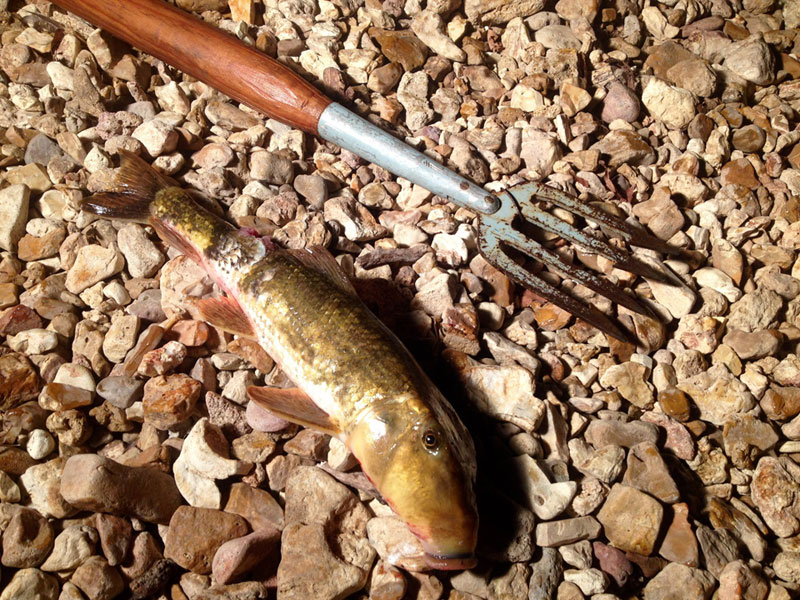
10. White Suckers Are the Bait for Wary Catfish
White suckers are known in the angling world as a no-fail bait for catfish. Catfish love to eat smaller fish, even some that are part of the same family, and they find white suckers especially delectable.
You need to distinguish between wild-caught and raised white suckers. Those raised with no predatory threats aren’t as skittish when they’re used as bait, and it’s usually the reflexive thrust away from the predator that gets the catfish snapping.
Catch your own white suckers, or make sure that if you buy raised white sucker bait, they’ve been raised in a pond with a big flathead to make sure they’re wary when they hit the channel.
Don’t throw away the suckers’ nose or tail parts because big catfish will consume all of them.
Choose the Best Catfish Bait for Your Area
The most effective way to catch a monster catfish is to find the best bait for your area. Talk with the locals or those who run the bait shop and they may be able to point you to what areas catfish anglers typically use. Most states will post a fishing report on their wildlife and fisheries website. These reports will let you know when and where the catfish are biting and the best bait to use.
It’s also important to know what bait they prefer for the season you're fishing. Catfish may prefer cut bait in the early spring, but shad guts in the hot summer. The type of fishing you're doing matters as well. They may prefer bluegill in deep water on jugs, but crawfish in shallow water on a trotline. With a little research, you can save yourself some money by buying the right bait the first time.
Knowing your prey’s behavior, and especially their favorite food, is half the battle. The other half is having the right high-performance gear to help you keep your cool when battling a river monster. Before you hit the channel for your next big trophy, visit Mossy Oak first to outfit yourself with the best fishing apparel and accessories. With the right bait and right gear, you can bring home catfish no matter what area of the country you fish.
Wrapping Up
Anytime is a good time for a fish fry. Catfish are some of the best eating fish you can catch. The good thing is, no matter where you live, there is always a good place to catch catfish nearby. It doesn’t take a big bass boat, expensive rods or five tackle boxes to catch catfish. All it takes is a tin can full of nightcrawlers, a cheap spincast reel and a Sucrets box full of hooks and sinkers. Just don’t go by yourself — take a kid along, too. You will have more fun watching them catch catfish than you ever would by yourself.

















